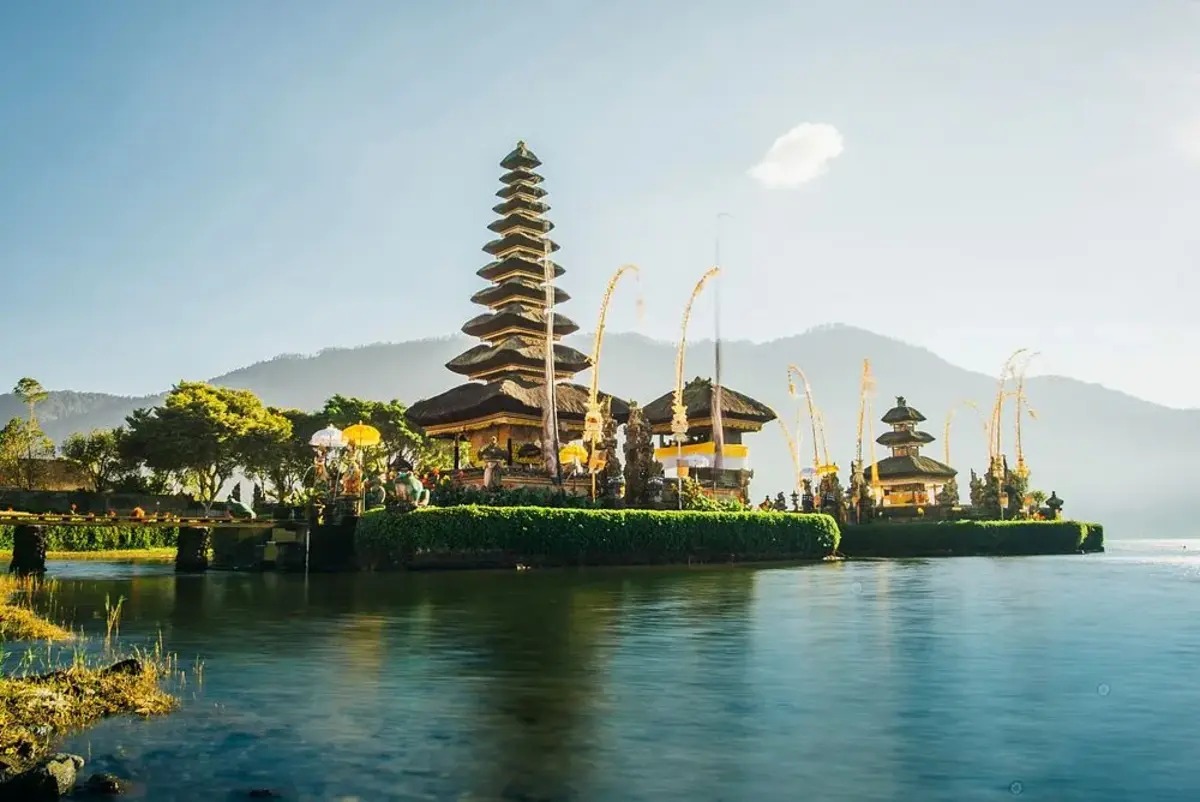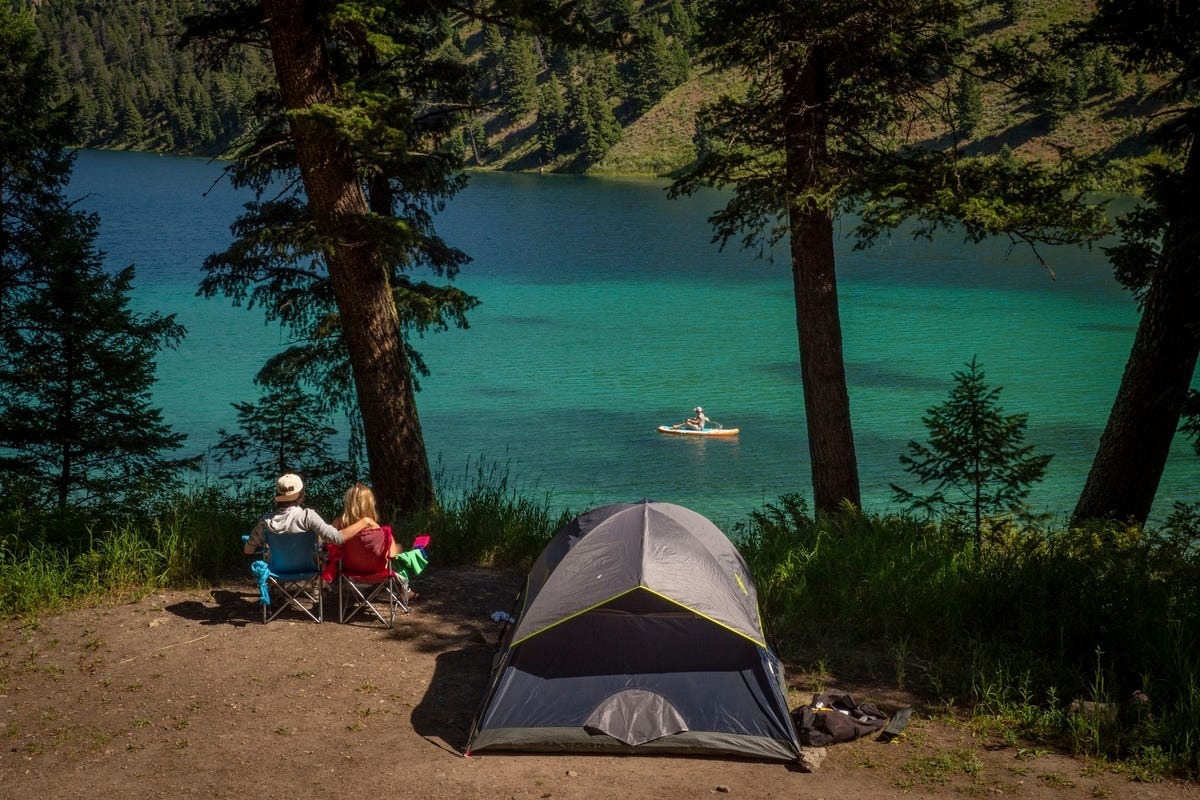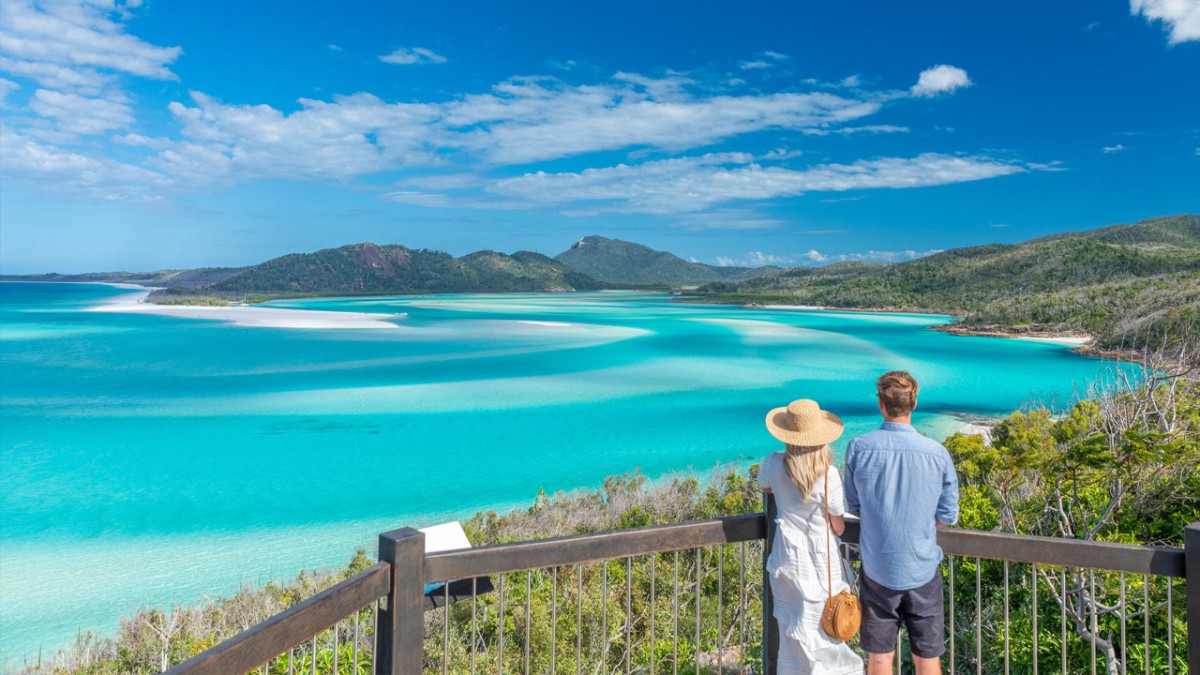
Top Hidden Travel Spots You Must Visit in Asia
Asia, a continent teeming with diversity, history, and natural beauty, is home to some of the world’s most iconic travel destinations. Places like Tokyo, Bali, Bangkok, and the Taj Mahal often dominate the spotlight—but what about the lesser-known gems?
Hidden travel spots in Asia offer something extraordinary: raw beauty, untouched culture, and the peace of being far from tourist crowds. Whether you’re a nature lover, culture seeker, or adventurer, Asia’s secret corners promise unforgettable experiences.
Here’s a guide to some of the top hidden travel spots you must visit in Asia, written in a simple, human tone to inspire your next unforgettable journey.
1. Phong Nha-Ke Bang National Park, Vietnam
Most people rush to Halong Bay or Hoi An, but if you want to explore Vietnam’s raw natural charm, Phong Nha-Ke Bang is where to go. Tucked away in central Vietnam, this UNESCO World Heritage site is known for having some of the world’s biggest and most stunning caves, including Son Doong Cave, the largest in the world.
The scenery is otherworldly—massive underground rivers, ancient limestone mountains, and dense jungle. If you’re an adventure lover, this place offers caving, zip-lining, and trekking in some of Asia’s most pristine nature.
2. Tawang, Arunachal Pradesh, India
India has no shortage of amazing places, but Tawang, in the far northeast, remains largely unexplored. Located near the borders of Bhutan and Tibet, Tawang is a hidden jewel filled with stunning valleys, alpine forests, and Buddhist monasteries.
The Tawang Monastery is the second-largest in the world and offers a peaceful, spiritual atmosphere. With snow-capped peaks, remote villages, and a mix of Tibetan and Monpa cultures, Tawang feels like a world untouched by time.
3. Koh Rong Samloem, Cambodia
If you want the feel of Thailand’s beaches without the crowds, Koh Rong Samloem is the answer. This Cambodian island is quiet, serene, and surrounded by clear turquoise waters and lush jungles. Unlike its sister island Koh Rong, Samloem remains peaceful and less developed.
There are no big resorts or wild parties here. Instead, think hammocks, bioluminescent plankton at night, and slow, tropical days. It’s ideal for solo travelers, couples, or anyone wanting to escape modern chaos.
4. Shodoshima Island, Japan
While Tokyo and Kyoto are must-sees, Shodoshima (meaning “Island of Small Beans”) is a lesser-known wonder in Japan’s Seto Inland Sea. This small island is famous for its olive plantations, Mediterranean-like scenery, and peaceful beaches.
It also features the Kankakei Gorge, one of Japan’s most beautiful ravines, especially during autumn. You can hike, cycle, or take a quiet ride through olive groves and scenic coastlines. It’s the perfect place for those who love nature, art (thanks to the Setouchi Triennale), and tranquility.
5. Jaffna, Sri Lanka
Sri Lanka is mostly known for its southern coast and central highlands. But in the north lies Jaffna, a culturally rich and historically significant town that’s just beginning to attract curious travelers.
Jaffna has a distinct Tamil heritage and offers unique food, temples, and a slower pace of life. Visit Nallur Kandaswamy Kovil, explore nearby islands like Delft Island with wild horses, and enjoy local crab curry. Since tourism is still developing here, expect a more authentic and personal travel experience.
6. Gorkhey Village, India
Nestled in the remote hills near the India-Nepal border, Gorkhey is a fairy-tale village you can only reach on foot. It’s part of the Singalila trek route in West Bengal and is surrounded by pine forests, streams, and mountain views.
You’ll stay in simple homestays, eat local food, and interact with kind-hearted locals. There are no cars, no noise, just birdsong and fresh mountain air. Perfect for digital detox and soul-searching.
7. Mrauk U, Myanmar
If you’re fascinated by history and architecture, Mrauk U will blow your mind. It was once a powerful kingdom in Myanmar and rivals Bagan in its ancient temple structures—but without the crowds.
You’ll find hundreds of old pagodas and temples scattered through misty hills and farming fields. Because it’s harder to reach, Mrauk U remains largely untouched by mass tourism, making it a dream for adventurous travelers and photographers.
8. Bukit Lawang, Indonesia
In the lush jungles of Sumatra, Bukit Lawang is a peaceful village and the gateway to Gunung Leuser National Park—home to one of the last wild populations of orangutans.
This eco-tourism spot lets you trek into the forest, spot orangutans in their natural habitat, and experience village life. Unlike Bali or Jakarta, Bukit Lawang offers serenity, sustainability, and a rare chance to connect with nature.
9. Sapa’s Hidden Villages, Vietnam
While Sapa is already a popular trekking area in Vietnam, most tourists stick to the town center. But if you venture deeper into the hidden villages like Ban Ho or Ta Giang Phinh, you’ll discover an untouched side of the mountains.
Here, you can stay with ethnic minorities like the Hmong or Dao, witness rice farming up close, and wake up to clouds drifting through terraced fields. It’s remote, raw, and rich in culture.
10. Oslob and Moalboal, Philippines
The Philippines has over 7,000 islands, and while Boracay and Palawan are famous, Oslob and Moalboal in Cebu island offer unique marine adventures. Swim with whale sharks in Oslob (ethically), then head to Moalboal to snorkel with sardine runs and sea turtles.
The scenery is breathtaking, the vibe is relaxed, and the underwater life is mind-blowing—all without massive crowds if you go during off-peak seasons.
Final Thoughts
Asia is more than the tourist brochures. It’s a continent of secret villages, remote jungles, peaceful temples, and welcoming communities. If you’re looking for something real—where you can breathe easy, connect with nature, and explore authentic cultures—these hidden travel spots in Asia are calling.
So go off the beaten path, pack light, keep an open heart, and let Asia’s secrets surprise you.
FAQs
1. Why should I visit hidden travel spots in Asia?
Hidden travel spots offer a more authentic experience. You get fewer crowds, more personal interactions with locals, untouched nature, and often cheaper prices compared to tourist-heavy areas.
2. Are these places safe for solo travelers?
Yes, most of these destinations are safe for solo travelers. However, it’s important to research local customs, travel advisories, and have basic safety practices like sharing your location and having emergency contacts.
3. How can I reach these hidden places with limited transportation?
Many hidden spots can be accessed via local buses, private taxis, or domestic flights. Sometimes, trekking or boat rides are necessary. Using local guides can make travel easier and more insightful.
4. Do I need special permits for remote places like Tawang or Mrauk U?
Yes, certain regions like Tawang (India) and Mrauk U (Myanmar) may require permits due to their proximity to sensitive borders. Always check with local tourism boards or official government sites before planning.
5. What’s the best time of year to explore these hidden gems in Asia?
Avoid monsoon and peak summer. The best time generally falls between October to March depending on the region. Each destination has its own best season, so check weather guides before booking.
Sign up with your email and always get notifed of zerodevicesnet Lifestyles latest news!




